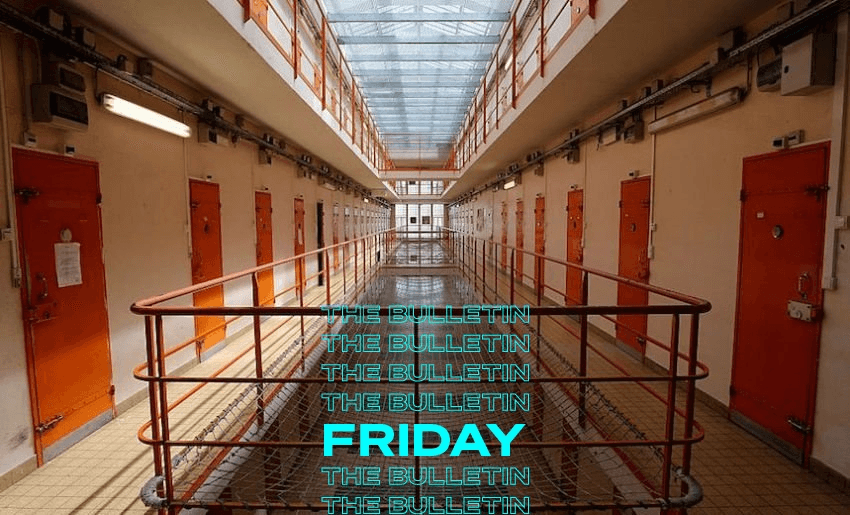Youth justice facilities are full and are providing a place to plan for offending on “the outside”. It echoes what we know about prisons, writes Anna Rawhiti-Connell.
“Organising to commit crimes on the outside”
I have heard people who work in the criminal justice system refer to prison as “crime university”. It’s a crude phrase, probably born of years at the coalface, but it’s hard to read a report from Stuff’s Glenn McConnell about youth justice facilities being at capacity and not have it top of mind. Oranga Tamariki’s Shaun Brown said some offending was now the direct result of children connecting with each other at Oranga Tamariki facilities and organising to commit crimes on the outside. Brown is urging MPs not to impose more punitive sentences on youth offenders, saying it would have no deterrent and would likely harden them.
70% reconviction rate within two years of being released from prison
While these facilities aren’t prisons, Brown’s comments track with new analysis from sociologist Jarrod Gilbert on The Spinoff about the role of prison and its complete failure to deter offending based on reoffending rates. Around 70% of people with previous convictions are reconvicted within two years following release from prison. Gilbert cites former prime minister Bill English, who in 2011 said that prisons are a moral and fiscal failure. The annual cost of the country’s prisons was pegged at $1.3b in March this year. Writing for Stuff about his experience in prison, Tommy Doran says the traits he required to recover from drug and alcohol addiction and quit a life of crime are the same traits that are rejected within our current prison system.
Imprisonment is “an utterly ineffectual tool for reducing crime rates”
It does sometimes feel as if we have two alternate realities operating on the role of punitive sentencing. On one-hand there is the tough on crime rhetoric and on the other, a mountain of evidence and “almost universal agreement by those working in the sector that imprisonment is an utterly ineffectual tool for reducing crime rates”. That’s a line from Newsroom’s Jono Milne in an excellent piece on last week’s crime statistics and the ongoing overrepresentation of Māori within our prison system. Corrections minister Kelvin Davis campaigned on reducing the prison population with a specific focus on reducing the number of Māori in prison. It’s been three years since Hōkai Rangi, Corrections’ flagship strategy aimed at doing that, was launched. Stuff’s Laura Walters has accessed its successes and failures.
Head of corrections believes we can have safe society without prisons
The problem with crime, as Alice Snedden notes in the latest episode of Bad News, is that it’s emotive. People experience it and fear it. It’s why, as Claire Robinson notes in her book on political campaigning, “tough on crime” gets trotted out during election campaigns. Emotion, however, isn’t empirical. Head of corrections Jeremy Lightfoot told Snedden that he believes we can have a safe society without prisons. He also noted that we’re a long way off that. You do wonder what the road to that “long way off” looks like when evidence keeps on proving to be less sticky than emotion.


